Freedom from Trade Zones
A Civic Outpost
Projecting a new protocal for borders between residential communities and industrialized zones
The inquiry is intended to not only hack the SEZ and its regulatory climate but also to form a buffer between the
communities and zone. Attempting to mitigate pollution such as sound, contaminated runoff water, and industrial
views from the zone the project pursues a future in which the airport and its global trade implications present
an opportunity for hyperlocal growth versus global capital's will of disconnected, nodal aerotropolis.
Site Background
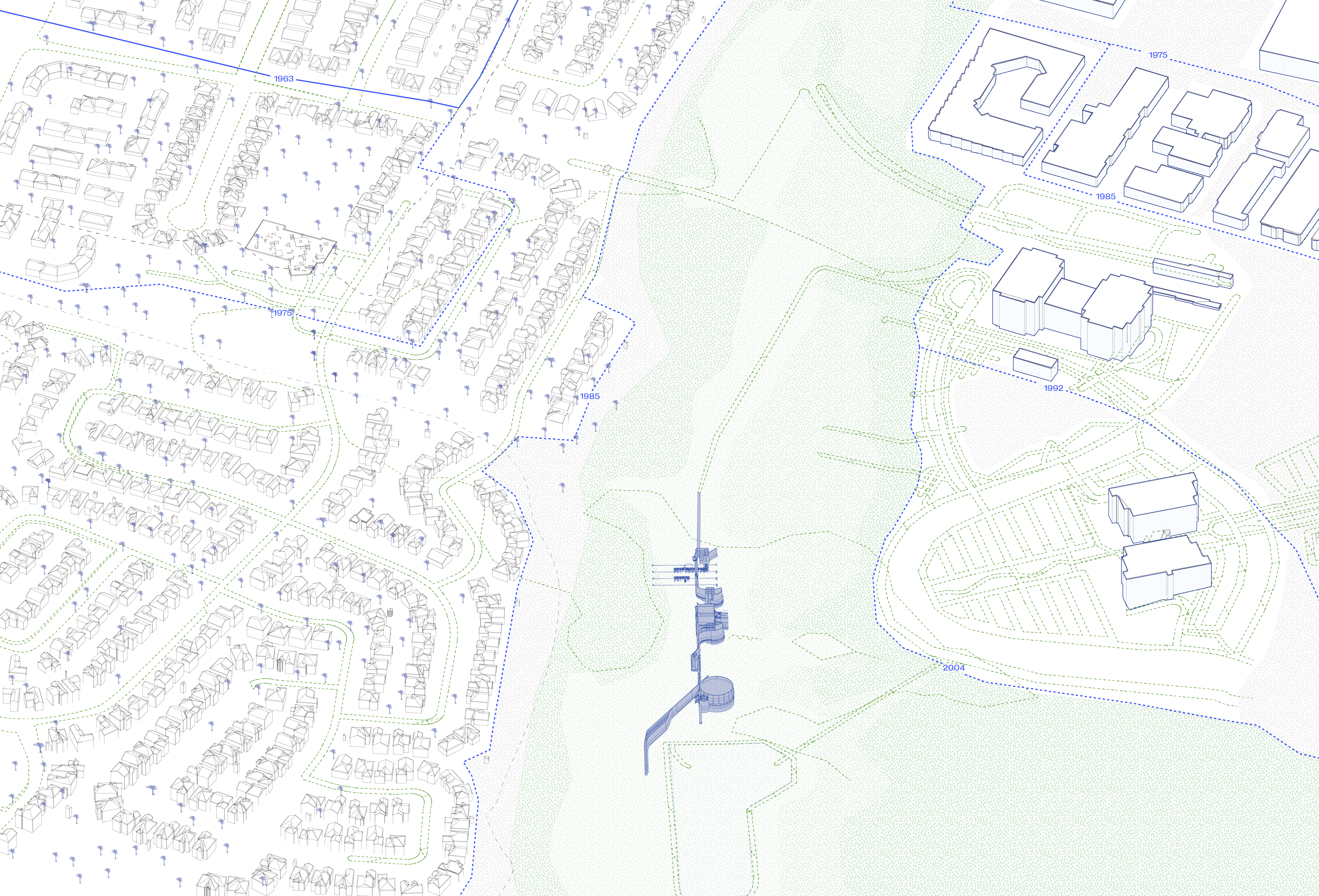

Industrial Zone Building Types

Condition
As the city of Mississauga begins to feel the pressures of rapid and poorly proportioned growth they have begun to raise taxes on working
class citizens to meet demands of public programs and critical infrastructures.
These increased tax rates force greater distress on middle and lower class
Canadians already suffering from ballooning costs of livin while current
planning trends place development emphasis on higher clas neighborhoods.
In the background of this urban struggle, the catalysts of th massive population
and economic growth in the region enjoy egregious tax breaks as holdovers
from a past, much less globalized, Greater Toronto Region. These actors are
transnational corporations and the outdated tax breaks live under the title of
Special Economic Zones (SEZs). Under Current federal regulations the SEZ
that lives partially in Mississauga, surrounding the YYZ airport, is not held by
predetermined boundaries but one that can grow and be added to with newly
permitted Sufferance and Bonded Warehouses.

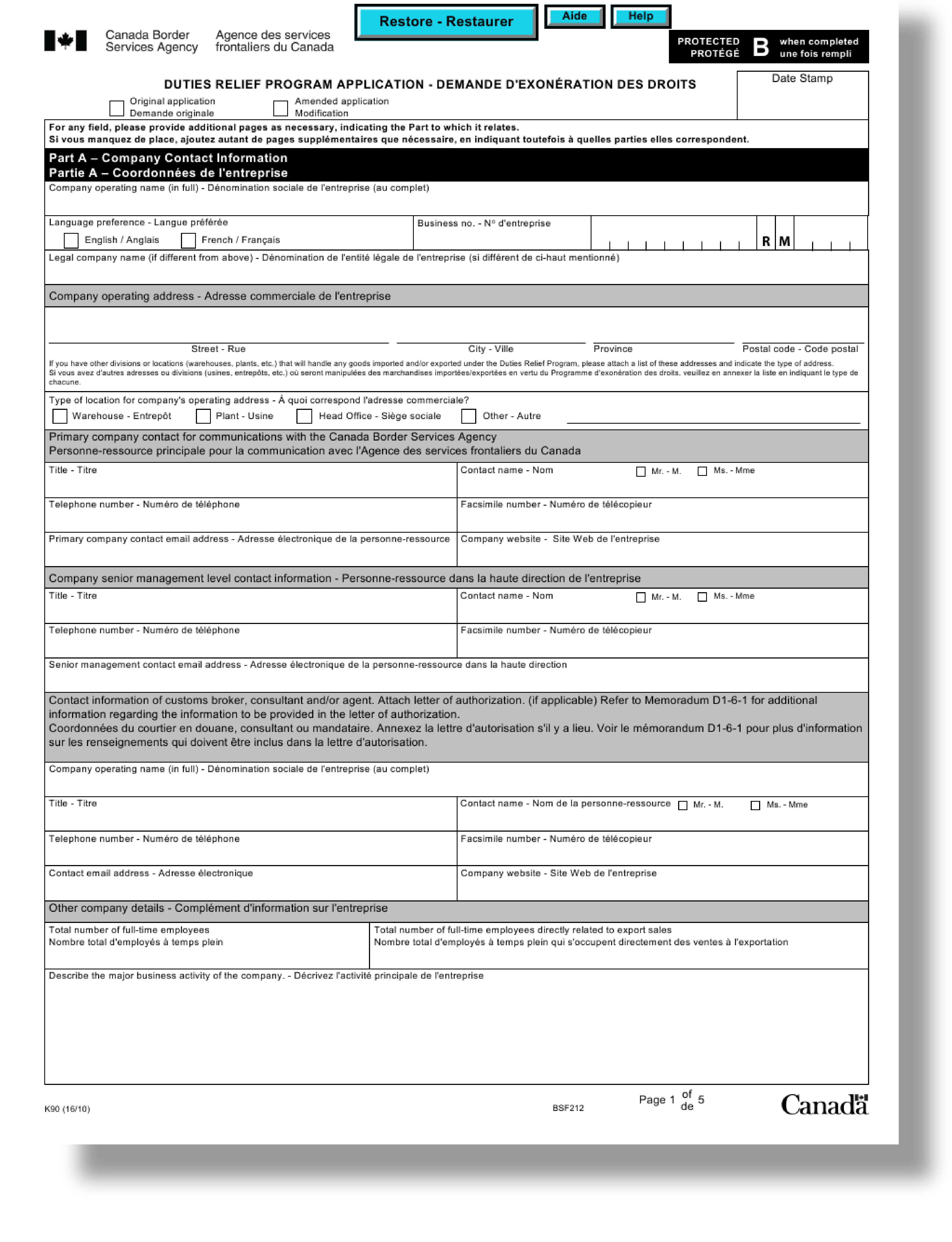

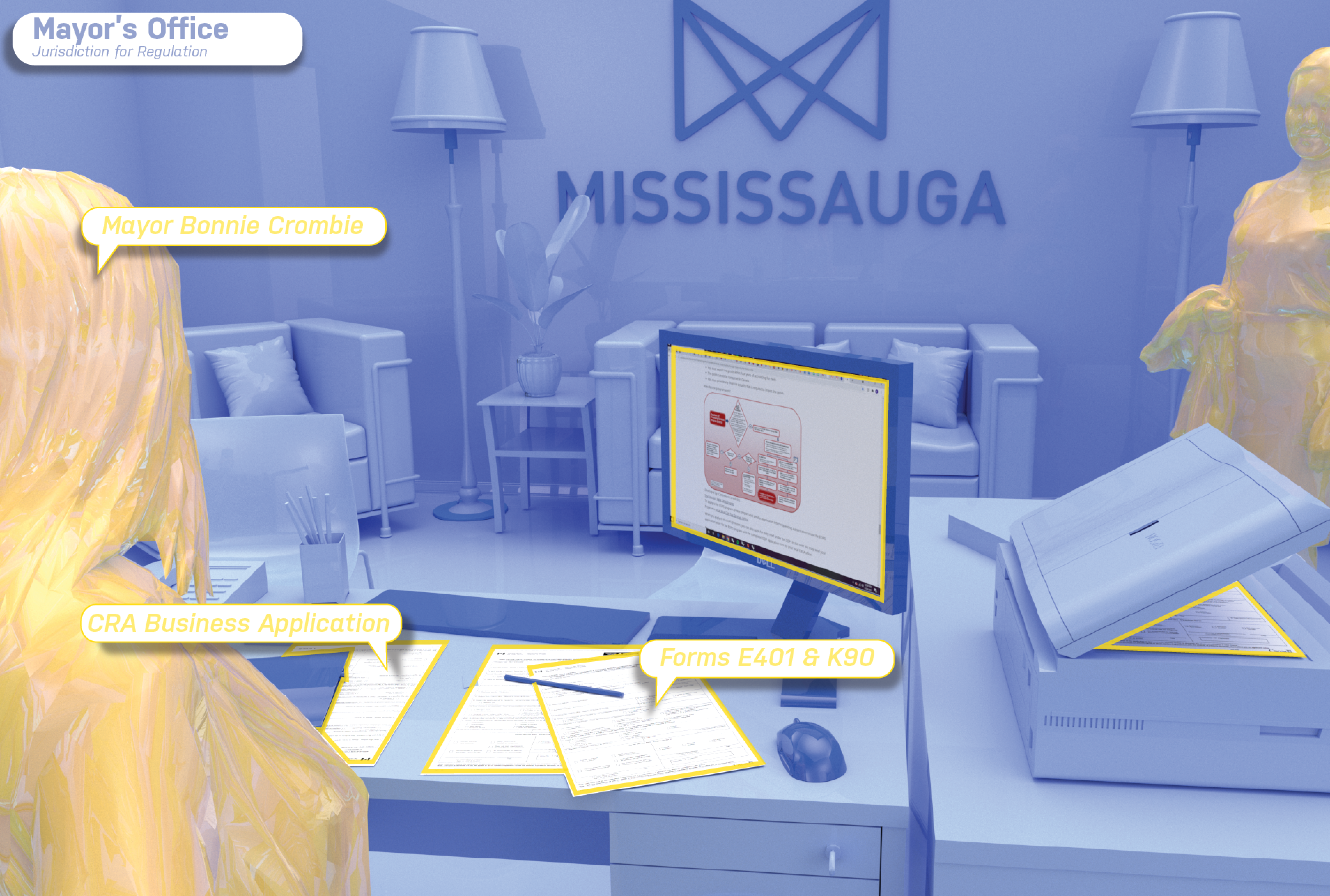
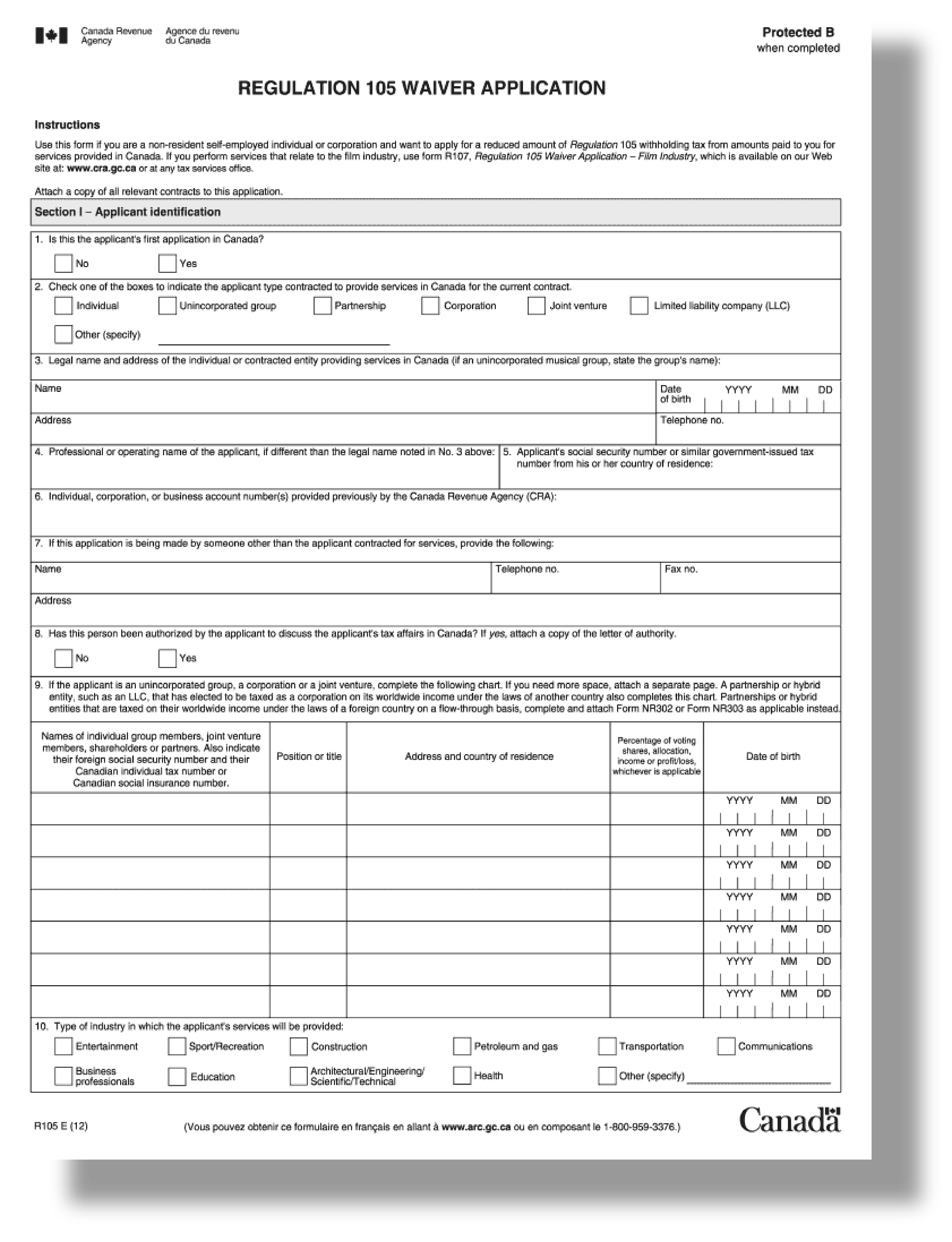
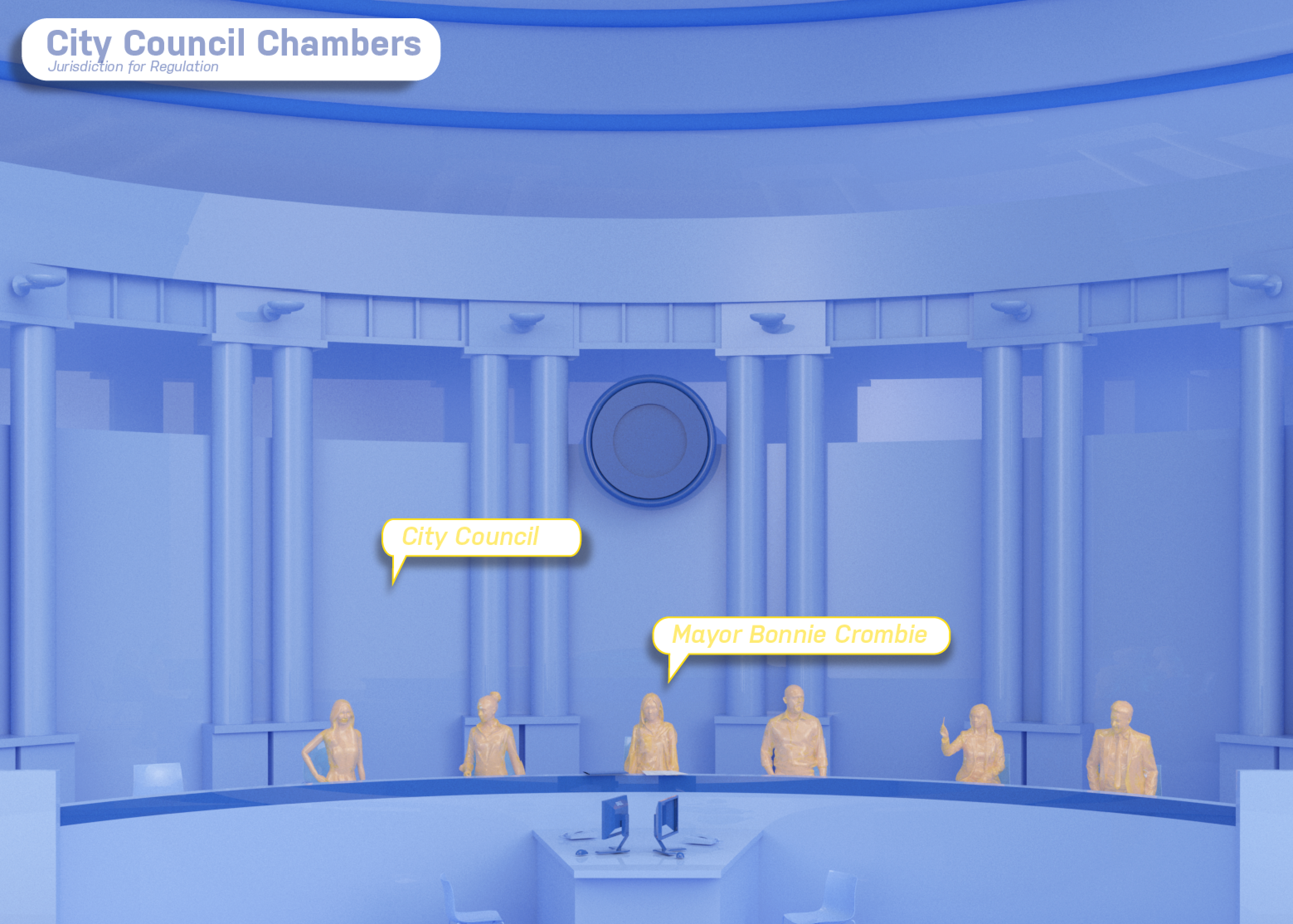
Regulation
By establishing a city owned corporation headed by elected council members,Mississauga becomes eligible to participate in the zones economic loopholes
and by subsequently establishing a permitted sufferance warehouse on the
current borderlands, the city stakes a claim to the no mans land of barren,
clear cut corridors that would soon be consumed by the growing SEZ. Acting
in a manner both familiar and revolutionary to the SEZs current operating
structure, the new city backed institution capitalizes on trade flows by using
them, along with novel hyper local trade flows and labor, as a generative process
for a commoned new architectural framework. Combining city funds that have
already been earmarked for municipal projects such as: spaces for trades based
educational programs and guilds, community college spaces, library expansions,
and infrastructure water management the total costs plummet allowing for more
efficient and equitable investment.
Form Follows Supply Chain



Fittings
The resulting institution becomes a test bed for local crafts, trades people, and learners in which they have freedom to populate and fit out spaces within the
initially constructed warehouse and its "zone limiting wall" that follows vacant
boundary lines. Local private community groups like faith communities and
hobbyists also have the chance to become involved at this border and benefit
from the zones tax programs by fitting out more topological interventions within
the frame wall, utilizing the same methods and tectonics of pairing hyper local
craft materials with components acquired through the zone



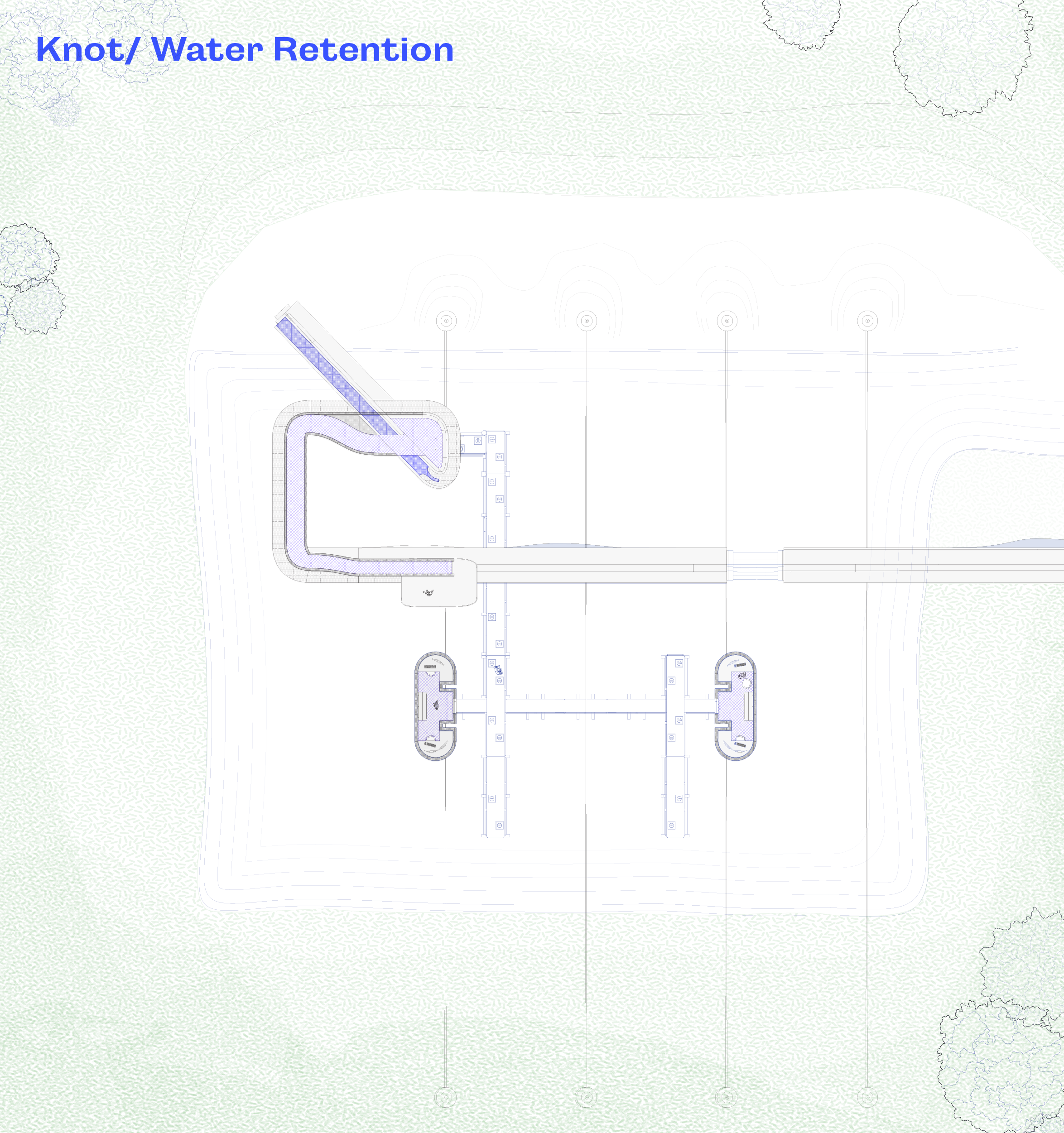
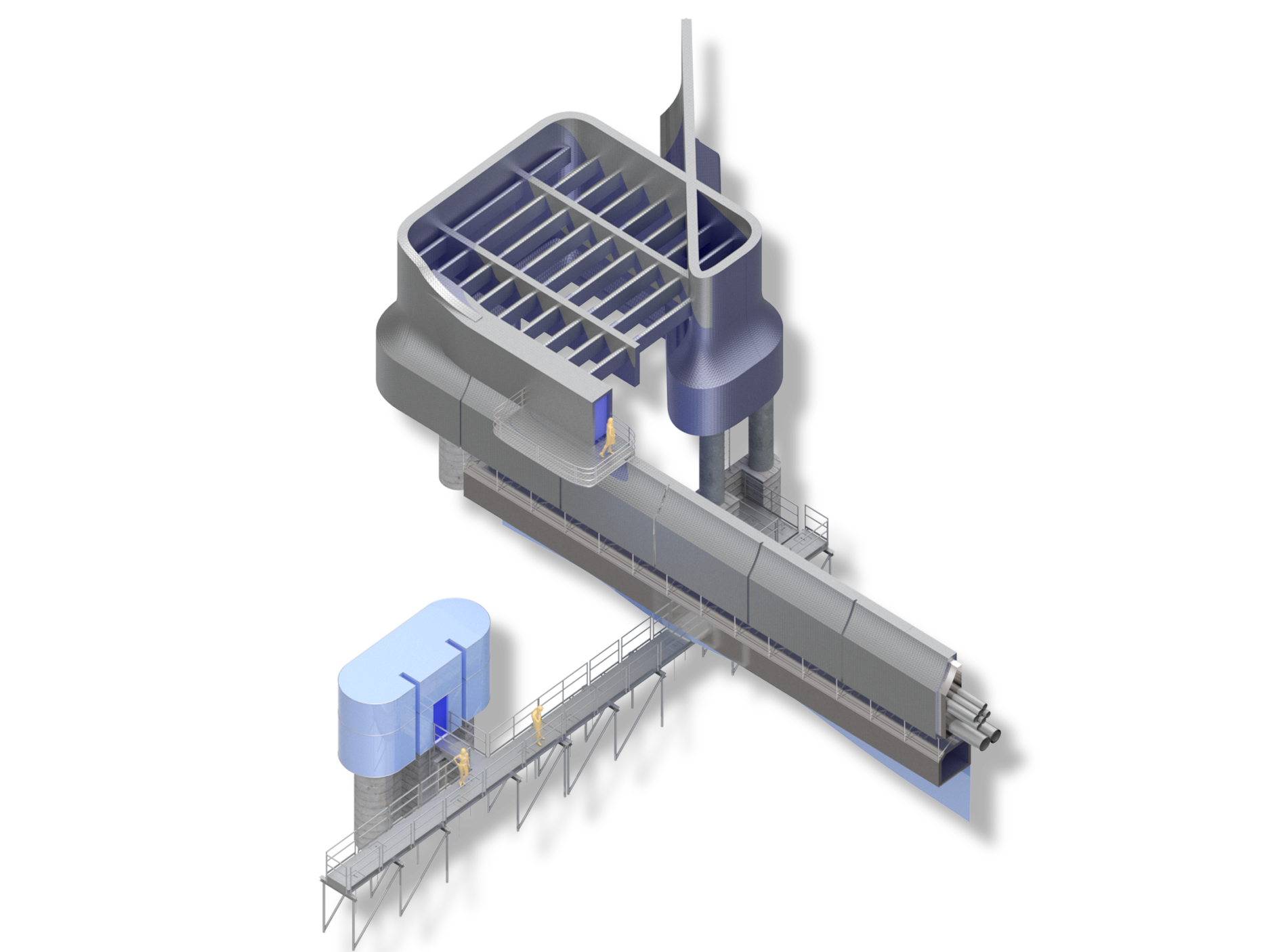
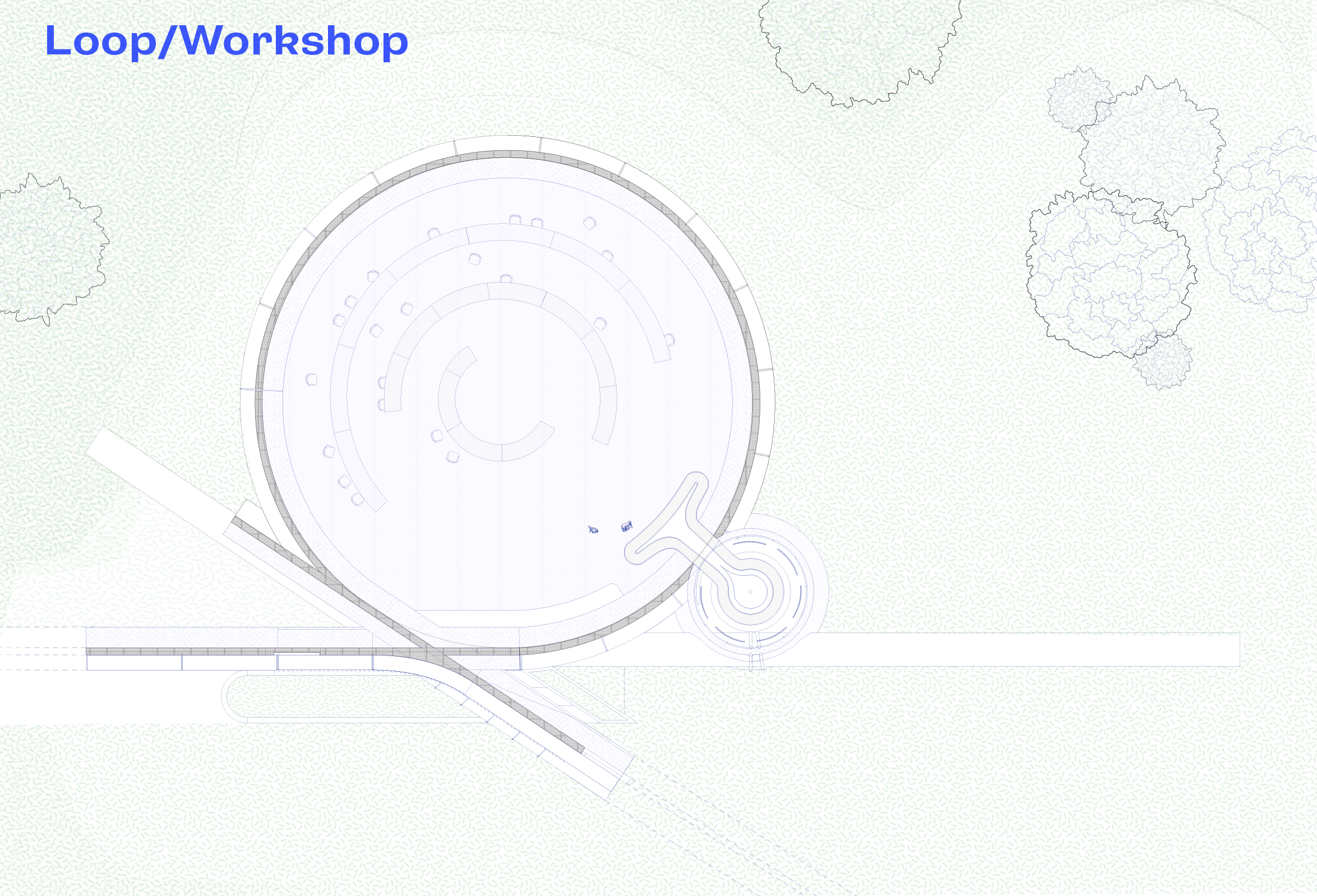
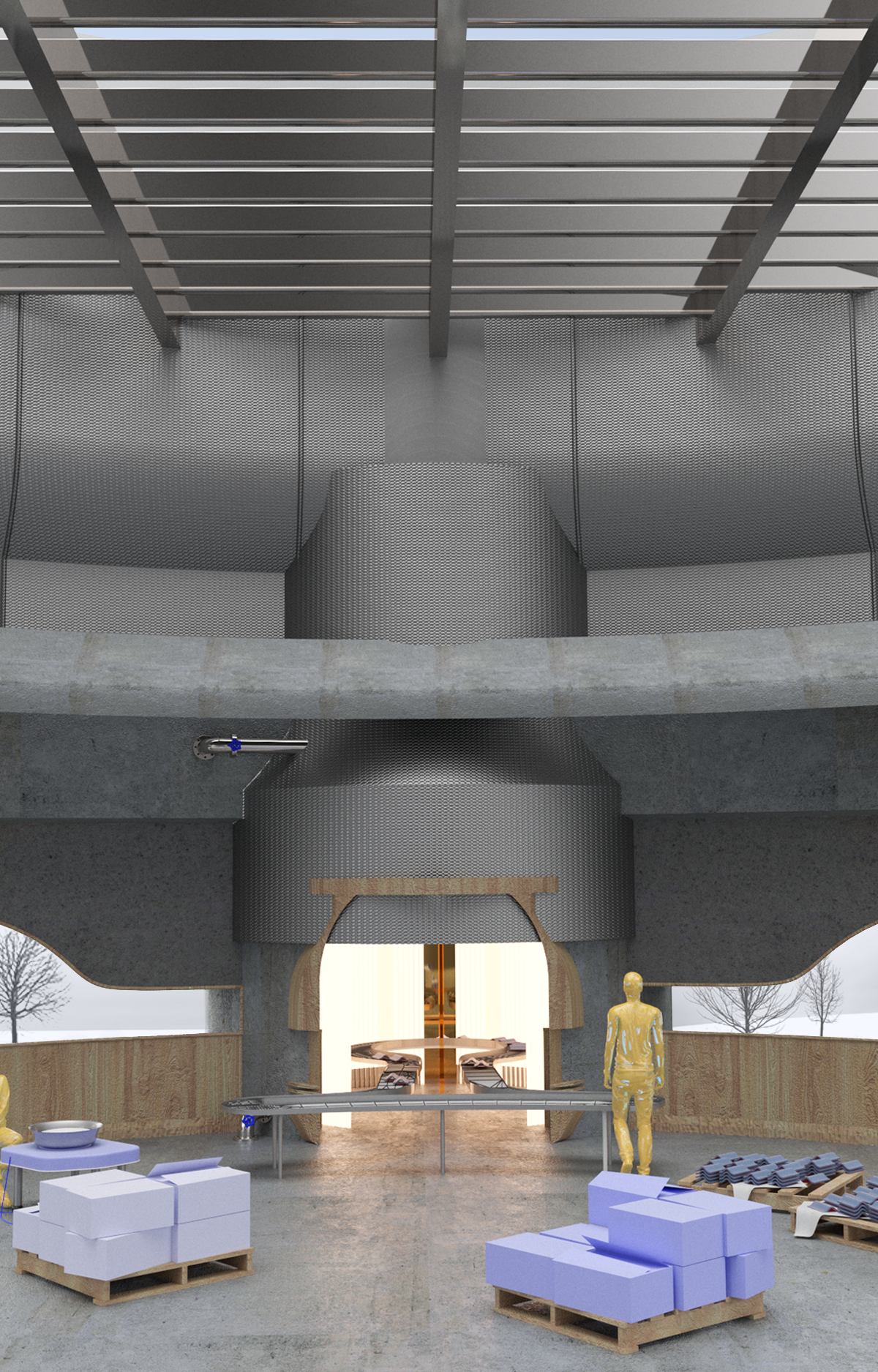




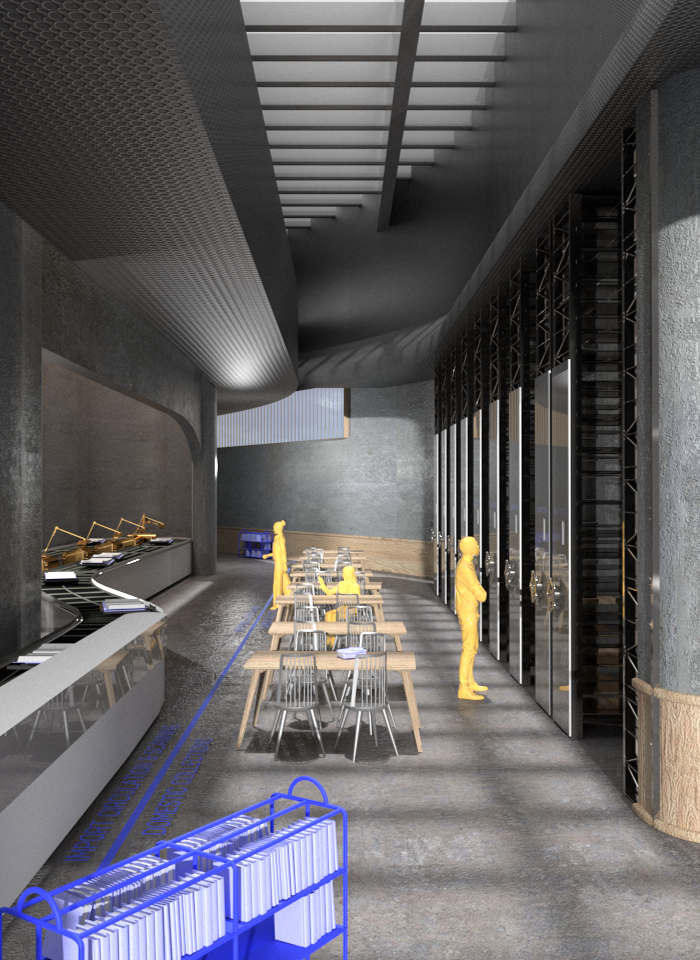


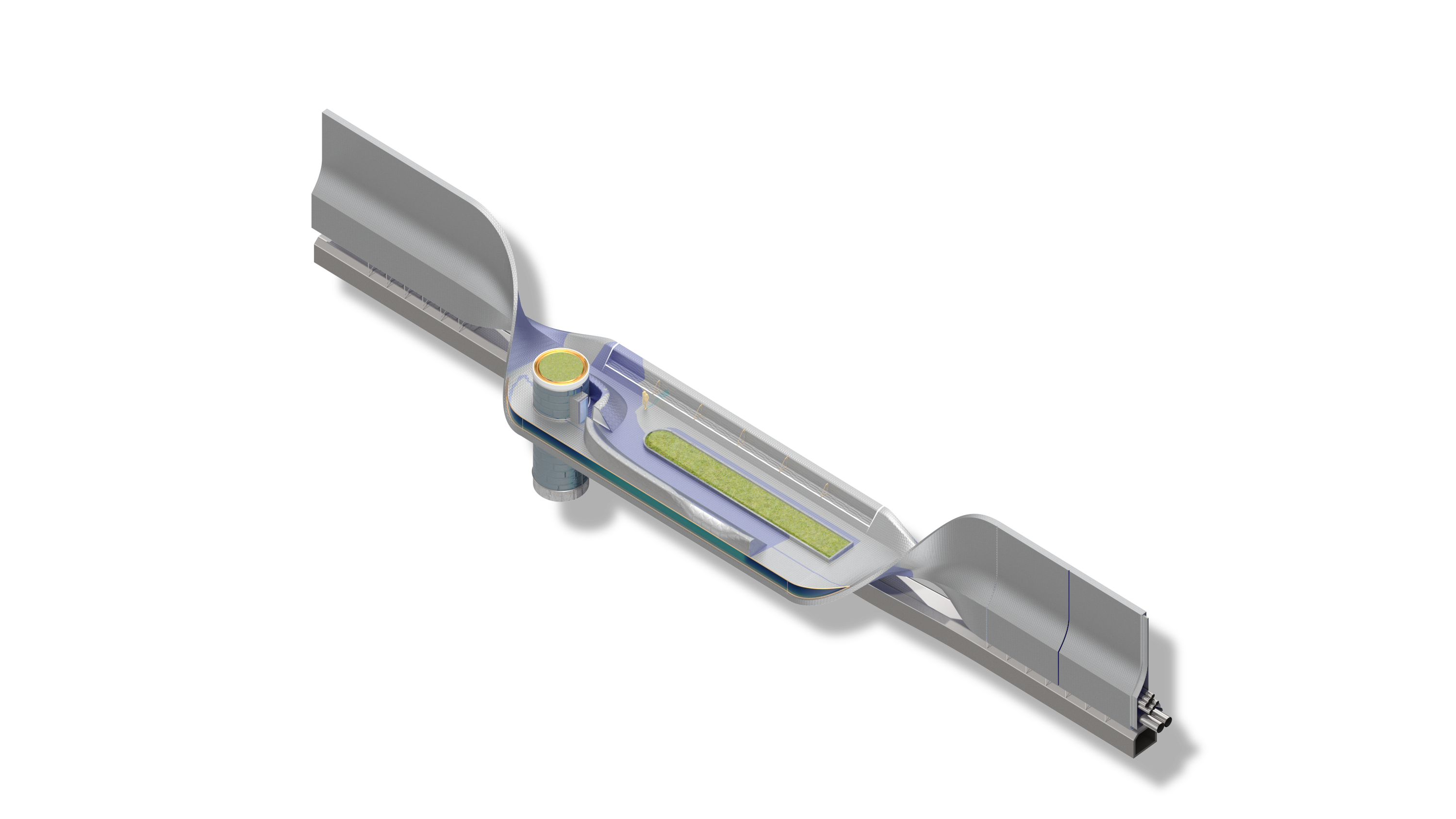
Commoned Expansion

